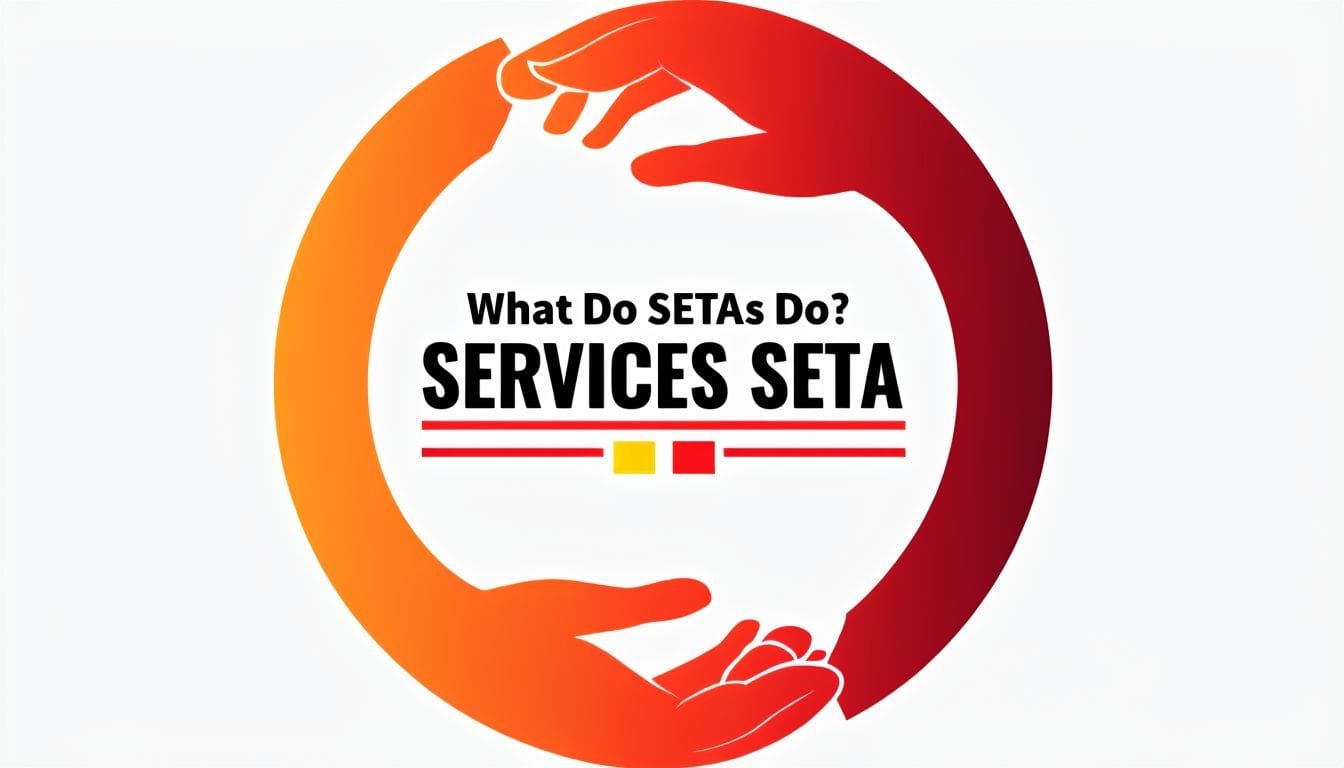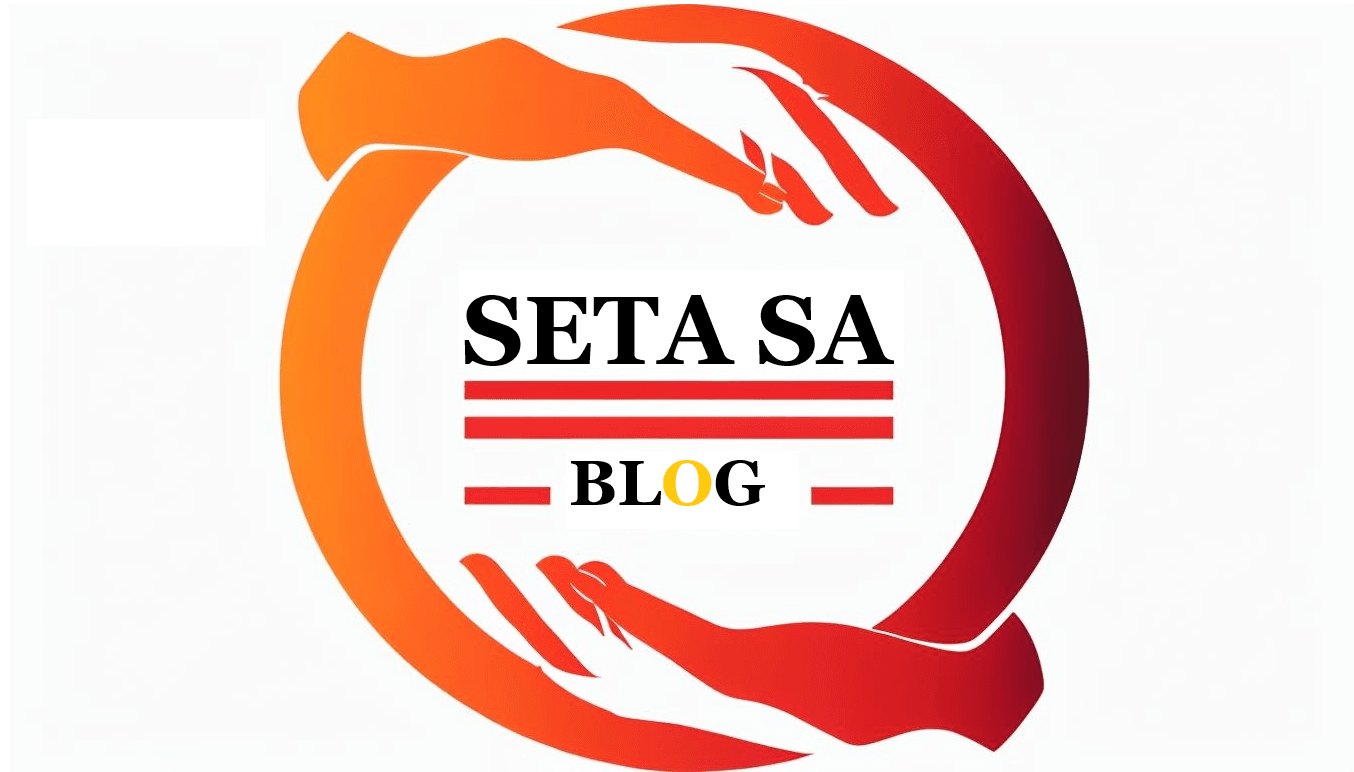
South Africa’s unemployment crisis isn’t just a statistic—it’s a daily struggle for millions of people searching for work in an economy that demands skills they don’t have. At the heart of the solution lies a system you might not know much about—but you should. Sector Education and Training Authorities, better known as SETAs, are quietly shaping the future of work, one qualification at a time.
From the high-tech corridors of the ICT sector to the agricultural fields of Limpopo, SETAs are building pathways between talent and opportunity. Whether you’re a business owner hoping to boost productivity, a job seeker trying to gain a foothold in the market, or a policymaker focused on national development, SETAs affect your world more than you think.
Let’s uncover exactly what they do—and why it matters now more than ever.
What Exactly Is a SETA?
SETAs (Sector Education and Training Authorities) are public institutions created by the South African government to tackle one of the country’s most pressing issues: the disconnect between education and employability.
Each of the 21 SETAs is dedicated to a specific slice of the economy—agriculture, mining, finance, healthcare, construction, IT, and more. Their job? To ensure that people entering or already in the workforce are trained in skills that employers genuinely need.
Think of SETAs as the architects of South Africa’s skills pipeline. They identify industry needs, fund training programmes, ensure quality standards, and coordinate partnerships between businesses and education providers. All of this is done under the guidance of the Department of Higher Education and Training (DHET) and aligned with national economic goals.
Why SETAs Are a Game-Changer in South Africa
In a country battling persistent youth unemployment and inequality, SETAs are more than just administrative bodies—they are critical levers for transformation.
South Africa’s job market has long suffered from a mismatch: too many people have qualifications that don’t match the real needs of employers. SETAs flip that script by working directly with industries to tailor education around real-world skills. They’re designed not just to educate—but to employ.
When SETAs function as intended, they:
- Make education accessible to disadvantaged communities
- Align qualifications with job market demand
- Support economic growth by closing the skills gap
- Empower youth and previously marginalized individuals
- Enable employers to grow their talent pipelines
They are also instrumental in implementing the National Skills Development Plan (NSDP), which aims to create a more inclusive, capable, and competitive workforce.
How SETAs Are Structured to Serve Their Sector
SETAs operate as semi-autonomous bodies, each with a specific mandate tied to a sector of the economy. For example:
- AGRISETA supports the agriculture sector
- MICTSETA focuses on media, information, and communication technology
- CETA caters to construction and civil engineering
- BANKSETA develops skills within banking and microfinance
Each SETA includes several core departments:
- Skills Planning: Conducts sector research and forecasts future demand
- Learning Programmes: Manages learnerships, apprenticeships, and internships
- Quality Assurance: Ensures providers meet training standards
- Finance: Disburses grants and oversees compliance
Their leadership boards are made up of representatives from business, government, and labour, ensuring that multiple perspectives are considered in decision-making. This structure creates a checks-and-balances system where no single stakeholder dominates the agenda.
The Stakeholders Behind SETAs’ Success
SETAs don’t work in isolation—they thrive on collaboration. Their effectiveness depends on the coordination between several key players:
- Government: Sets policy direction and regulatory frameworks
- Employers: Identify skill gaps and provide workplace training opportunities
- Training Providers: Deliver accredited courses and practical learning
- Labour Unions: Advocate for workers’ rights and inclusive training
- Learners: Engage in training programmes and build future careers
When these players come together, the result is a robust system that not only delivers education but builds careers. For instance, a manufacturing company might work with MERSETA and a college to create a welding apprenticeship. The SETA provides funding and quality assurance, the employer offers hands-on experience, and the learner walks away with a nationally recognized qualification.
What SETAs Actually Do: Core Functions That Drive Change
Let’s break down what SETAs do beyond the buzzwords. Their core responsibilities include:
🔹 Skills Development Planning
They research sector-specific needs and publish Sector Skills Plans (SSPs). These guide what types of training should be funded and where investments are most needed. It’s strategic planning rooted in economic reality.
🔹 Learnerships and Apprenticeships
SETAs design and fund structured learning programmes that combine theory with practical experience. These programmes often lead directly to employment or further qualifications, especially in high-demand fields.
🔹 Accreditation and Quality Control
They evaluate and approve training providers to ensure that the education on offer is up to national standards. This protects learners from low-quality, unaccredited programmes.
🔹 Grant Disbursement
Through the Skills Development Levy, SETAs manage billions in funding. They distribute mandatory and discretionary grants to employers and education providers, keeping the entire training ecosystem well-resourced.
🔹 Sector Research and Innovation
SETAs stay ahead of the curve by analyzing labour trends and technological shifts. This ensures that skills development remains aligned with where industries are going—not just where they are.
Who Really Benefits from SETAs?
▶️ Employers: Building a Smarter, More Competitive Workforce
For businesses, working with a SETA isn’t just about ticking boxes—it’s a strategic move that can directly improve performance. When employers align with their sector SETA, they gain access to:
- Tailored training programmes developed with industry relevance in mind
- Financial support, including grants and tax incentives, to offset training costs
- Skills pipeline development, ensuring that future employees are work-ready
- Improved B-BBEE scores by investing in recognised training initiatives
Many forward-thinking companies also co-create programmes with SETAs to fast-track new hires, particularly in high-scarcity roles like software development, engineering, or artisan trades. Instead of waiting for the right talent to appear, businesses help shape it.
▶️ Employees and Job Seekers: Real Skills for Real Jobs
SETAs are one of the most accessible doors to career mobility for South Africans—especially youth, women, and people with disabilities. Whether you’re unemployed or stuck in a job with no growth, SETA programmes offer:
- Learnerships and apprenticeships that blend education and paid work
- Nationally recognised qualifications that are respected by employers
- Bursaries and stipends, removing financial barriers to training
- RPL (Recognition of Prior Learning) to formalise experience
For someone with no tertiary background but years of hands-on experience, SETAs make it possible to convert skills into formal recognition—and better pay. For a school leaver with no direction, they offer a structured entry into the working world.
▶️ The Broader Economy: A Foundation for Growth
At a national level, SETAs play a powerful role in reducing unemployment, addressing inequality, and supporting economic transformation. Their impact extends to:
- Increasing workforce productivity through upskilling
- Supporting emerging industries like renewable energy and tech
- Creating jobs in rural and underdeveloped areas
- Enabling inclusive participation in the formal economy
Each qualified learner is more than just a success story—they’re a contributor to GDP, to innovation, and to South Africa’s global competitiveness.
When Things Go Wrong: The Challenges Holding SETAs Back
Despite their potential, SETAs aren’t immune to problems. Like many public institutions, they’ve faced criticism—some of it valid.
❌ Funding Bottlenecks and Red Tape
Some employers and training providers struggle with slow grant disbursements, unclear communication, and bureaucratic processes that make accessing funding a frustrating experience. For small businesses in particular, navigating SETA compliance can be a major barrier.
❌ Mismanagement and Lack of Oversight
There have been instances of financial mismanagement and underperformance, with some SETAs failing to meet their targets or losing public confidence due to inefficiencies. Transparency and accountability remain ongoing concerns.
❌ Skills Misalignment
In some sectors, learners emerge from programmes with outdated or irrelevant skills—highlighting a lag between industry needs and training content. The root causes often include:
- Insufficient employer involvement in training design
- Outdated curricula that haven’t kept up with market shifts
- Weak labour market intelligence or research gaps
The result? Qualified graduates who still struggle to find jobs, and industries that still struggle to find qualified candidates.
When SETAs Work: Stories That Inspire
📍MICTSETA’s Digital Youth Programme
In response to the growing demand for digital skills, MICTSETA launched a targeted initiative that trained over 2,000 young South Africans in digital marketing, IT support, and cloud computing. Within six months of graduating, over 70% of participants had found jobs or started freelance businesses.
📍AGRISETA’s Rural Training Success
Through partnerships with emerging farmers, AGRISETA funded training in sustainable agriculture for rural youth. More than 500 small agri-businesses were launched across Limpopo and the Eastern Cape as a result—boosting food security and local employment.
These aren’t isolated wins. Across tourism, manufacturing, finance, and mining, SETAs have quietly enabled thousands of learners to break into the workforce—or climb higher within it.
Where SETAs Are Headed: The Future of Skills Development
🔮 Preparing for a 4IR Future
South Africa’s economy is shifting, fast. From artificial intelligence to renewable energy, tomorrow’s jobs demand digital fluency, adaptability, and ongoing learning. SETAs are already adjusting by:
- Creating new qualifications in cybersecurity, data science, and AI
- Updating legacy training to include digital tools and platforms
- Supporting e-learning and virtual internships, especially post-COVID
They’re also exploring micro-credentials, short skills courses, and partnerships with edtech firms to reach learners in informal or underserved environments.
🌍 Upskilling the Informal Sector
Millions of South Africans operate in the informal economy—and SETAs are starting to reach them too. From mobile learning platforms to community-based workshops, there’s a growing focus on inclusive upskilling for taxi drivers, hairdressers, domestic workers, and others who contribute significantly to local economies.
How to Engage with a SETA and Unlock Opportunities
For Employers
To partner with your SETA and access training support:
- Identify your sector’s SETA via DHET or the SETA directory
- Ensure you’re paying the Skills Development Levy (SDL) if your payroll exceeds R500,000
- Submit your Workplace Skills Plan (WSP) and Annual Training Report (ATR) on time
- Apply for grants and participate in discretionary programmes
- Use SETA support to improve B-BBEE scores and talent retention
Engaging actively doesn’t just benefit your business—it helps shape the future of your sector.
For Learners and Job Seekers
To make use of what SETAs offer:
- Visit your relevant SETA’s website or contact training providers
- Look out for learnerships, internships, or bursary opportunities
- Apply early, and ensure you meet the entry criteria
- Choose accredited providers to ensure your qualification is recognized
- Complete the programme and gain a practical edge in the job market
Whether you’re finishing school, reskilling, or building on existing experience, SETAs are a launchpad.
FAQs About SETAs in South Africa
Each SETA focuses on a specific industry—AGRISETA (agriculture), MICTSETA (ICT), BANKSETA (banking), CETA (construction), etc. You can find the full list Here or on the DHET website.
Yes. Many SETAs offer bursaries, stipends for learnerships, or funding for special programmes. Check their websites or partner providers for announcements.
TVETs deliver the training; SETAs coordinate, fund, and accredit the system. They often work together to provide comprehensive programmes.
Increasingly, yes. Many SETAs now fund or endorse online courses—especially in digital fields or in response to remote learning needs.
Typically 12–24 months, depending on the programme and qualification level.
Why SETAs Still Matter—Now More Than Ever
SETAs aren’t perfect. But they’re necessary. They sit at the intersection of education, employment, and transformation—three of South Africa’s most urgent priorities. When they work well, they don’t just close skills gaps—they open doors.
In a time when traditional degrees are becoming less practical, and when youth unemployment remains dangerously high, SETAs offer something rare: a practical, accessible, real-world solution. They’re not theoretical. They’re not reserved for the elite. They’re for the people who need opportunity the most.
From rural farms to urban tech hubs, SETAs continue to evolve—and with the right support, accountability, and vision, they can become one of the most effective tools in South Africa’s development toolbox.





